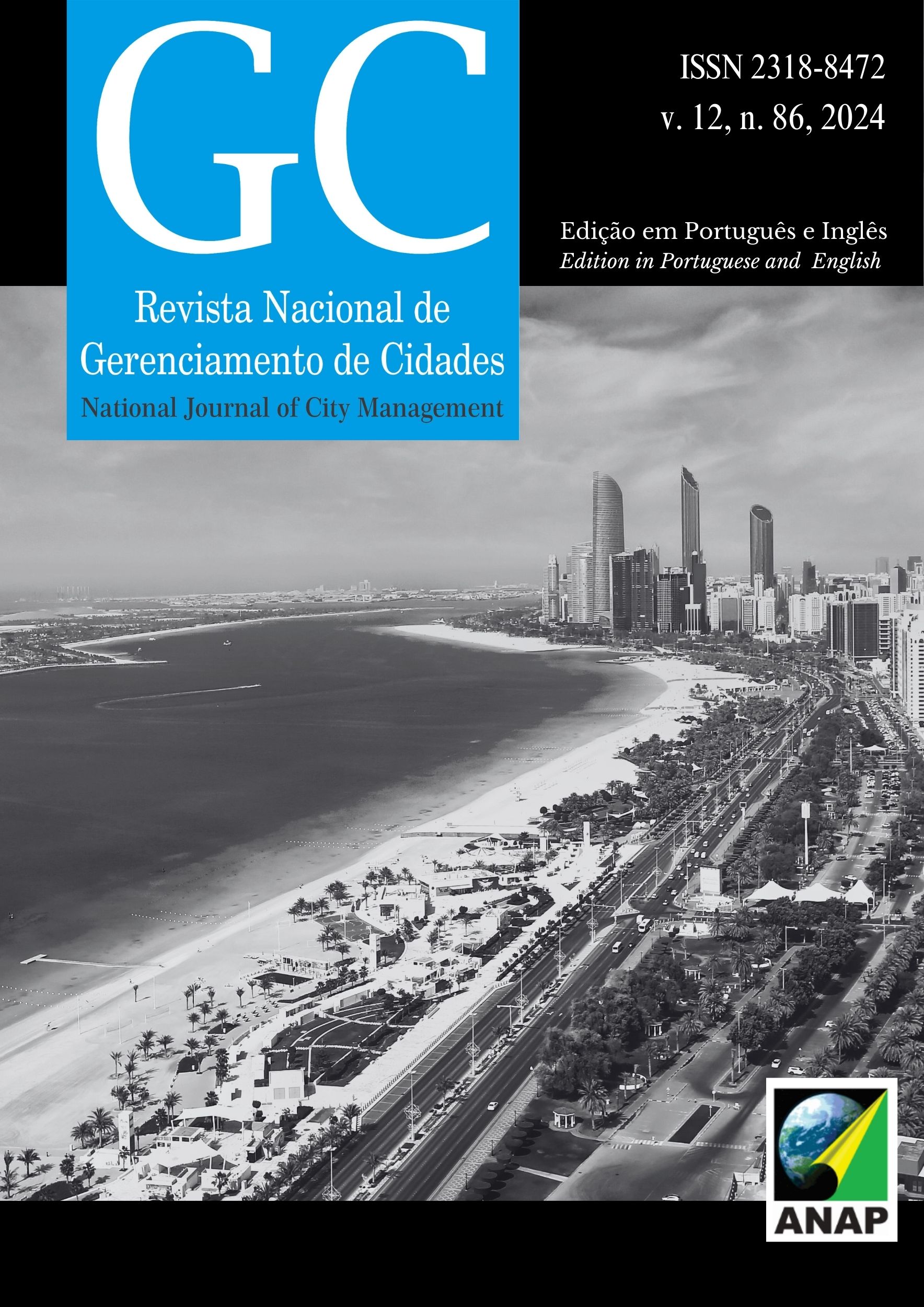Environmental and social impacts of underwater pits in the disposal of contaminated sediments
A case study of the Santos - São Vicente estuary
DOI:
https://doi.org/10.17271/23188472128620245311Keywords:
Underwater Pit, Baixada Santista, Environmental and Social ImpactAbstract
The installation of underwater pits is today a common procedure, adopted by several countries around the world for the disposal of contaminated sediments resulting from dredging and industrial activity. In Baixada Santista, more specifically in the Piaçaguera Channel, an underwater pit was built for the same purpose, despite the protests that arose. This dispute arises from the fact that these contaminated sediments can cause environmental and social damage in areas close to their installation. This article aims to evaluate the environmental and social impacts of underwater pits used for the disposal of contaminated sediments, focusing on the Santos-São Vicente estuary. By adopting a bibliographical research methodology, it was possible to verify that environmental impacts are related to the possible contamination of waters, marine fauna and, consequently, human beings. Considering that the communities carry out their activities in the region affected by the construction of the pit, in the event of any problem resulting from contamination, the social impact is also important.
Downloads
Downloads
Published
Issue
Section
License
Copyright (c) 2024 National Journal of City Management

This work is licensed under a Creative Commons Attribution 4.0 International License.














